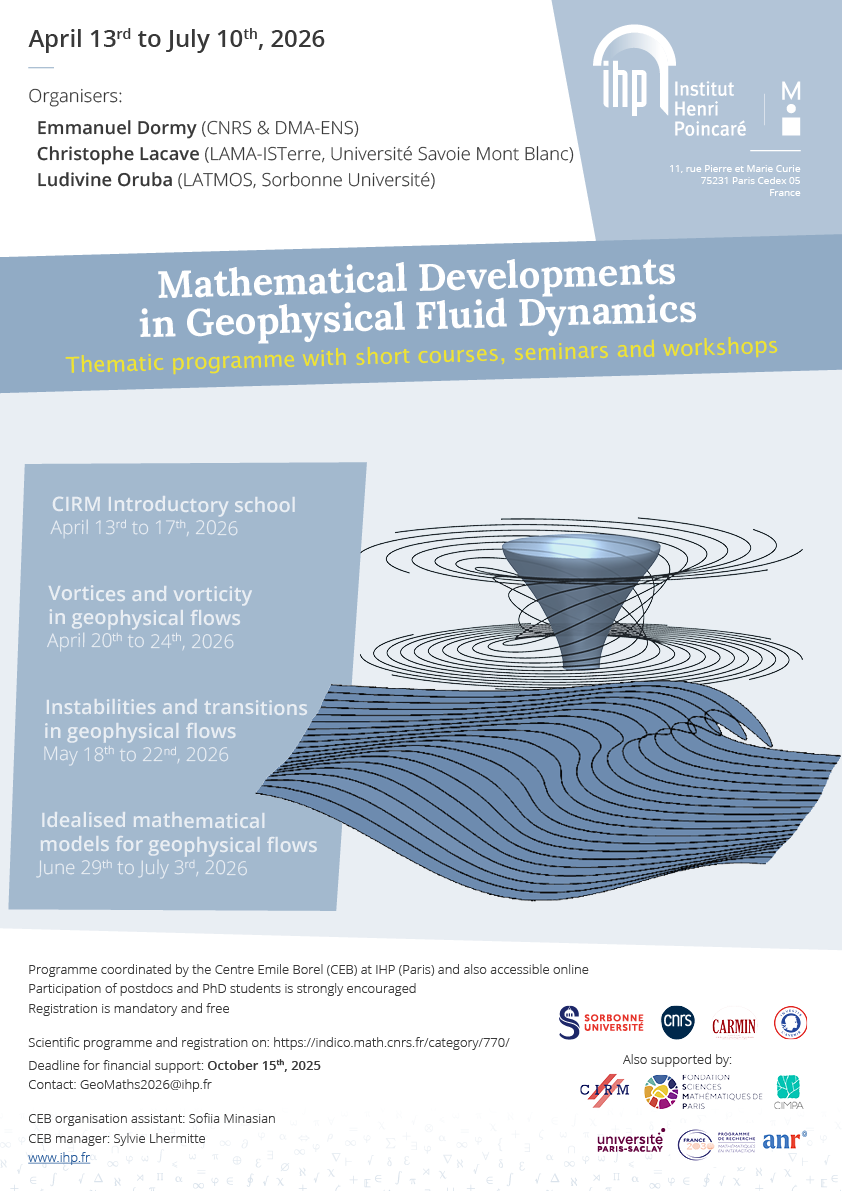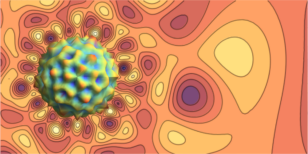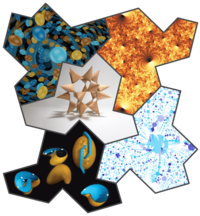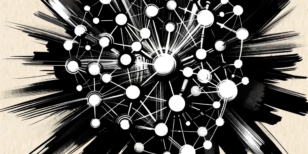Higher Categories and Categorification
Date: 21 January - 29 May 2020
Location: MSRI
Event type: Extended Format
Organisers: David Ayala (Montana), Clark Barwick (MIT), David Nadler (Berkeley), Emily Riehl (JHU), Marcy Robertson (Melbourne), Peter Teichner (MPIM), Dominic Verity (Macquarie)
Though many of the ideas in higher category theory find their origins in homotopy theory — for instance as expressed by Grothendieck’s “homotopy hypothesis” — the subject today interacts with a broad spectrum of areas of mathematical research. Unforeseen descent, or local-to-global formulas, for familiar objects can be articulated in terms of higher invertible morphisms. Compatible associative deformations of a sequence of maps of spaces, or derived schemes, can putatively be represented by higher categories, as Koszul duality for E_n-algebras suggests. Higher categories offer unforeseen characterizing universal properties for familiar constructions such as K-theory. Manifold theory is natively connected to higher category theory and adjunction data, a connection that is most famously articulated by the recently proven Cobordism Hypothesis.
In parallel, the idea of “categorification” is playing an increasing role in algebraic geometry, representation theory, mathematical physics, and manifold theory, and higher categorical structures also appear in the very foundations of mathematics in the form of univalent foundations and homotopy type theory. A central mission of this semester will be to mitigate the exorbitantly high “cost of admission” for mathematicians in other areas of research who aim to apply higher categorical technology and to create opportunities for potent collaborations between mathematicians from these different fields and experts from within higher category theory.
Professor Peter Teichner (MPIM) has been appointed as a Clay Senior Scholar to participate in this program.
CMI Enhancement and Partnership Program
Related events
See all events
Mathematical Developments in Geophysical Fluid Dynamics
Institut Henri Poincaré

Geometric Spectral Theory and Applications
Isaac Newton Institute

Illustration as a Mathematical Research Technique
Institut Henri Poincaré

Operators, Graphs, Groups
Isaac Newton Institute